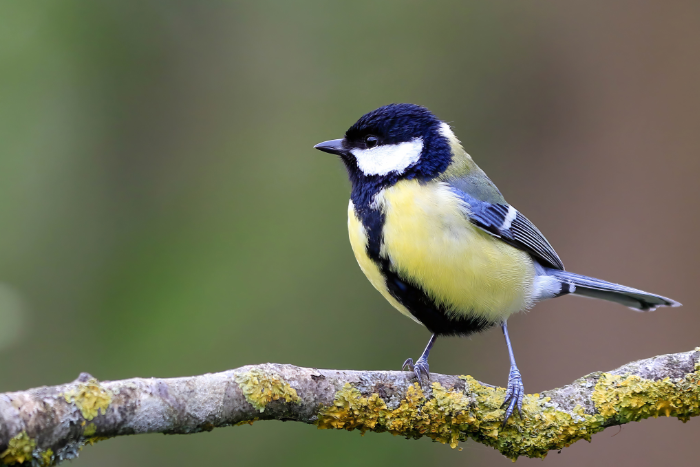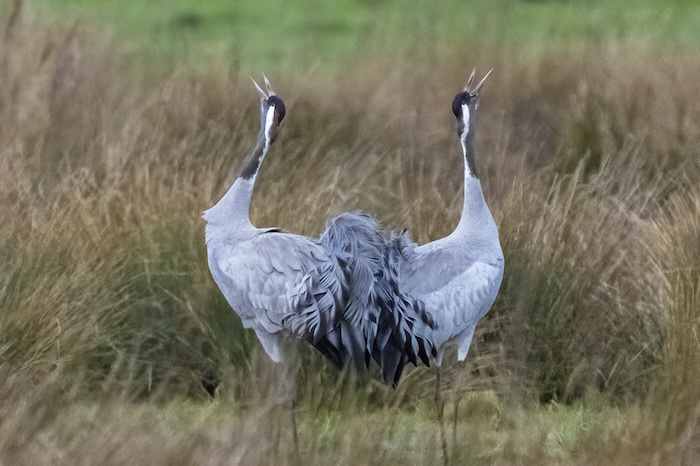
Wonder of the dawn chorus
By Rachel Shaw
Lincolnshire Wildlife Trust
The first Sunday of May is International Dawn Chorus Day.
I will set my alarm ridiculously early so I can go to a nature reserve to listen to the birds sing as the sun rises. It is a magical few hours as sunlight returns to the landscape accompanied by bird song.
The dawn chorus can be heard everywhere, even by opening your bedroom window, but there’s something extra special about listening on a nature reserve.
I am no expert on identifying birds from their song, I can identify a blackbird singing and those species which helpfully sing their names like the chiffchaff and cuckoo. Beyond that, I get a bit lost. But perhaps that’s the point. Just to listen and immerse yourself in the sound.
The nature reserve I choose is north of Lincoln. It’s a special reserve to me as it’s the first that the Lincolnshire Wildlife Trust bought back in the 1950s.
Last year when I visited a low mist added to the atmosphere. And, as I’d hoped, the birds were singing. As I walked along the path, there were different calls and melodies, then in the distance, the sound of a cuckoo. I spent a few hours there, before, slightly reluctantly, I had to get back into my car and return to the commonplace sounds of the day. Those everyday background noises that perpetuate our waking hours. It’s sad that most of these noises are man-made.
In my garden in Lincoln, I do hear bird song as well as the buzzing of bees. Sometimes the buzzards’ mew as they fly high on the thermals above the Lincoln edge. Very occasionally, I’ve heard a faraway cuckoo.
Last May I saw my first swifts the same weekend as the dawn chorus. I heard them first: those high-pitched screams as they swooped high above the streets. But I can always hear the constant noise of tyres on tarmac: the nearby roads and the distant bypass. The sounds of people rise in volume above the sounds of the natural world. Scientific studies of birds such as great tits sing at a higher pitch in urban areas than rural areas to overcome the constant low-pitched rumble of traffic and man-made noise.
Of course it’s not only the sounds we make that has changed the soundscape. The populations of so many of our birds, mammals and insects have declined too. I wonder what would Lincoln have sounded like in the 1950s? How many garden hedgerows were filled with chattering house sparrows? Today, they seem few and far between. But some natural sounds are returning.
I’ve been fortunate to hear the cranes bugling at Willow Tree Fen nature reserve in south Lincolnshire and the cacophony of croaking natterjack toads on the coast. The soundscape with cranes had been silent for 400 years until the Lincolnshire Wildlife Trust allowed water and wildlife to return to one small corner of the Lincolnshire Fens. On the coast, natterjack toads had almost disappeared. Thanks to the dedication of my colleagues, their numbers and their nocturnal calls are increasing.
The return of these sounds, the re-wilding of our soundscape, shows that it is possible for nature to recover. Through the Lincolnshire Wildlife Trust’s Nature Recovery Fund we hope to help make that happen. You can be part of it too by allowing nature to flourish in your garden, volunteering in your community greenspace or, if you can, by supporting to the Nature Recovery Fund at lincstrust.org.uk/nature-recovery-fund
See Hello Lincoln’s new What’s On guide for your chance to join a guided Dawn Chorus event.


